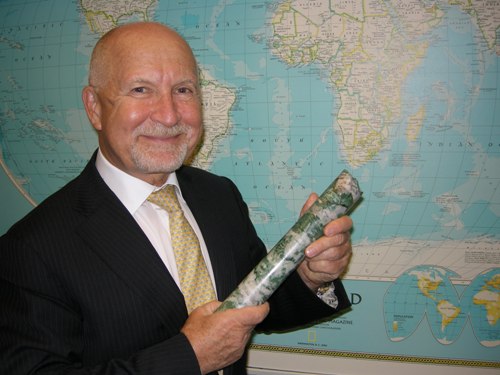In the Democratic Republic of Congo, artisanal mining is a remnant of the once-booming gem industry.
TEMBO, Democratic Republic of Congo—As the truncated rat cooks in the fire, its body slowly roasting over the smoldering logs, 30-odd diggers stand around in the sweltering midday sun. Some break boulders at the bottom of a 50-foot pit in a dry riverbed, trying to access the gravel beneath, which they hope holds hidden wealth. Others watch, talk or take shelter from the heat.
A mile upstream, the divers try their luck. In ragged, re-stitched wetsuits, young men resurface every few minutes, heaving sacks of earth from the riverbed into the hands of helpers on a patchwork flotilla of multicolored dinghies. The boats are as close to the Angolan side of the river as can be, tethered to Congo by 50-foot ropes and pale hosepipes that pump air to the divers.
These miners are the remnants of the Democratic Republic of Congo’s diamond industry, which once provided a quarter of the world’s supply. In 2015, Congo exported 17.1 million carats of the gems, down from 33 million carats 10 years earlier.
























